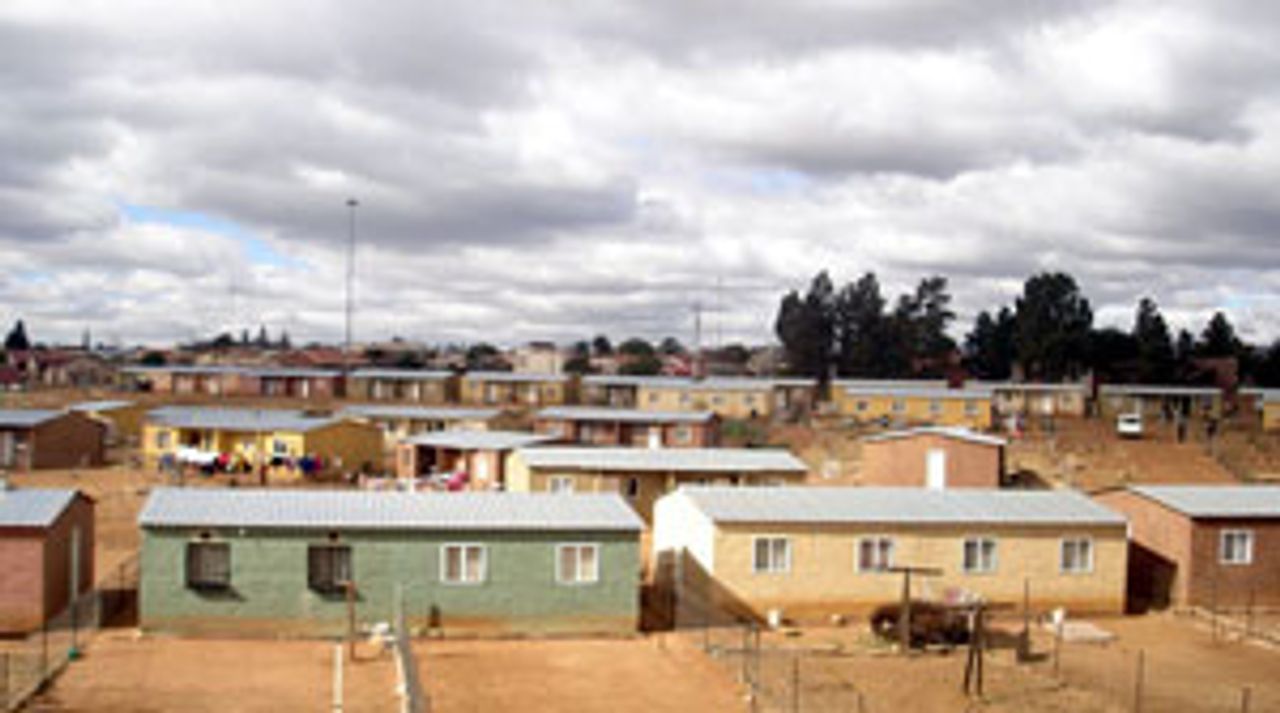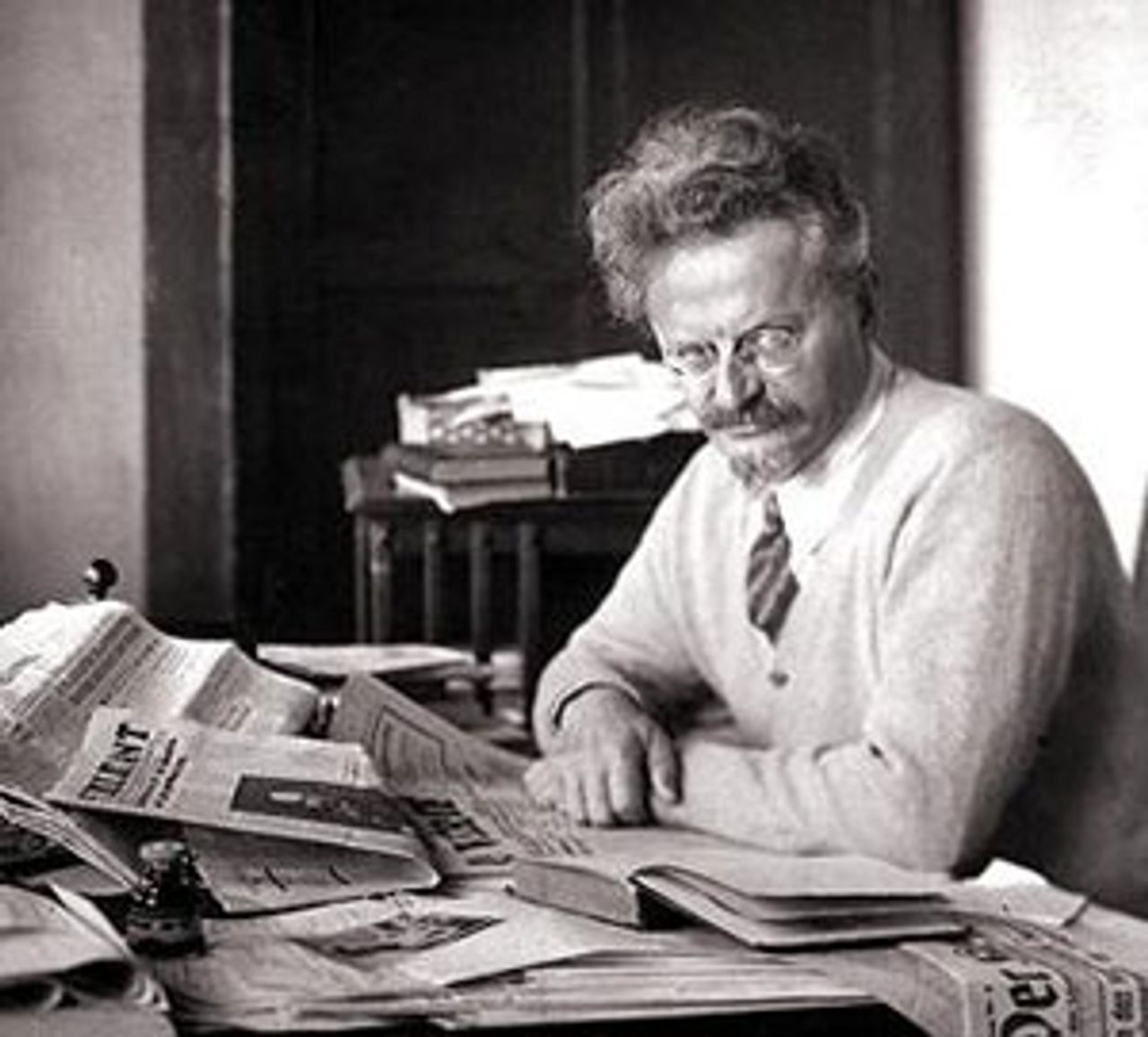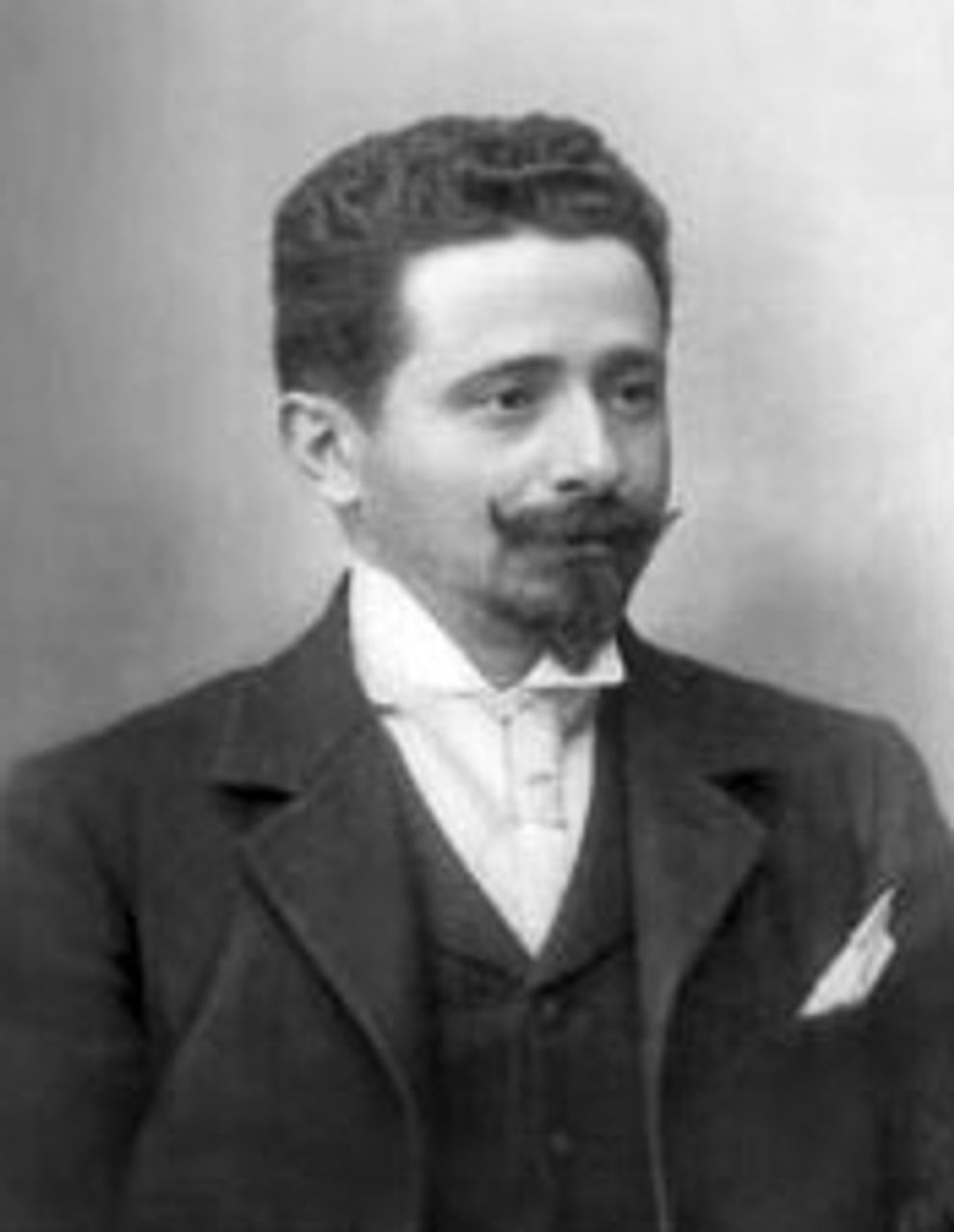This Week in History provides brief synopses of important historical events whose anniversaries fall this week.
25 Years Ago | 50 Years Ago | 75 Years Ago | 100 Years Ago
25 years ago: South African security forces massacre 28 in Soweto
 Housing in Soweto, South Africa
Housing in Soweto, South AfricaOn August 26, 1986, South African security forces went on a homicidal rampage in Soweto, killing at least 28 people. It was the bloodiest day to date in the two-year uprising against the Apartheid regime that had begun in September 1984. In that span at least 2,200 had been killed, almost all of them black, and tens of thousands more had been arrested, many of them tortured. As many as 16,000 had been swept up since June 12, 1986, when emergency rule had been imposed.
The government killings that day in Soweto, a large black township near Johannesburg, were the worst in the country since 1976 when over 200 demonstrating high school students were gunned down. According to witnesses, security forces began to evict black residents from their homes for refusing to pay rent. The massacre came after dark, when police attempted to overcome barriers of burning tires Sowetans had put up to protect neighborhoods in White City. Police turned on searchlights and fired on anything that moved, going from “yard to yard, shooting,” according to one witness.
Under the emergency decree, South Africa’s security forces were granted a blanket immunity against any violence or any other crime they might carry out while quashing political activity. Thus media reporting of the violence was sharply circumscribed, making it difficult to assess the scope of the government violence. Photographs and videotaping of police operations were forbidden.
The massive repression that had started on September 3, 1984, when police opened fire on peaceful demonstrators in Sharpeville, had failed to stem the uprising of black African workers and youth. In the aftermath of the massacre in Soweto, a local black councilman was hacked to death by residents, evidently as retribution for his complicity in the police violence.
50 years ago: UAW rejects Big Three wage proposal
On August 22, 1961, UAW President Walter Reuther described as “woefully inadequate” wage increases offered by the Big Three US automakers, General Motors, Ford, and Chrysler. The negotiations were being followed closely by employers and workers across the US; a new contract for the UAW, which had nearly 500,000 members at the Big Three, would set benchmarks for other industries.
The Big Three were offering annual wage increases of 7 cents per hour, or 2.5 percent—whichever was greater—over the life of the contract, and other sweeteners, including supplemental pay for workers when the work week was shortened, a new unemployment benefit program, and a moving allowance for transferred workers. The average wage was reportedly $2.84 (nearly $22 in current dollars). The UAW rejected the companies’ proposal to put a cap on cost of living adjustments.
Reuther was responding to overwhelming rank-and-file demands for a larger pay increase. Local votes were reportedly running 9-1 in favor of a strike. As one Ford worker in Detroit put it, “Why is it inflationary for a man to ask for a raise when the corporations pay their executive millions and say that is not inflationary?”
In response to the stalled negotiations with the Big Three, Reuther reached a separate agreement for 23,000 workers at the American Motors Corporation (AMC) on August 26, 1961. In most essentials the deal was similar to the offer from the Big Three, but it also included for the first time a “profit-sharing plan,” by which AMC workers would be given a 10 percent share of post stock-deduction profits. The deal was described as “non-inflationary” because the bulk of the pay increase, AMC and Reuther speculated, would come from post-production profits.
75 years ago: Norway imprisons Trotsky
 Trotsky pictured in his final exile in Mexico
Trotsky pictured in his final exile in MexicoOn August 28, 1936, the Norwegian Labor Party government of Trygve Lie ordered the internment of Leon Trotsky and his wife Natalia Sedova, and banished two of his secretaries, after Trotsky rejected Norway’s insistence on a total gag order. The move came in response to pressure from the Soviet Union and the Stalinized Communist Party of Norway, and from Nazi Germany and local Norwegian fascists, all of whom agreed that the great Marxist and co-leader with Lenin of the Russian Revolution had to be silenced.
After a court appearance during which Trotsky defended his right to communicate with co-thinkers in France, the Norwegian government declared he had violated the terms of his refuge in Norway, the third country he had inhabited during his exile from the USSR, following Turkey and France. Subsequently the government ordered Trotsky’s phone service cut off and an armed detachment put in place around his house.
Lie’s cowardly act prevented Trotsky from responding publicly to the fabricated charges against him in the Moscow show trials. Stalin’s stage-managed trials purported to establish that Trotsky had masterminded—in league with the Nazis’ Gestapo—a plot to kill Stalin and other leading Soviet figures. Moreover, the Stalinist prosecutors tried to prove that Trotsky was responsible for every calamity produced, in fact, by the bureaucracy’s own nationalist and breakneck industrialization program, which had led to crop failures and a wave of industrial disasters. On August 24, 16 defendants were summarily executed after a show trial in which the victims, including leading Old Bolsheviks, denounced themselves and Trotsky for outlandish crimes dreamed up by Stalin and his henchmen.
In response to the treachery of the Norwegian government Trotsky wrote, “I must say that never, anywhere, in the course of my entire life—and I have lived through many things—was I persecuted with as much miserable cynicism as I was by the Norwegian ‘Socialist’ government. For four months these ministers, dripping with democratic hypocrisy, gripped me in a stranglehold to prevent me from protesting the greatest crime history may ever know.”
100 years ago: Portuguese working class at loggerheads with liberal government
 Alfonso Costa
Alfonso CostaThe implementation of a new constitution and a new president in Portugal this week in 1911 exacerbated the conflict between the liberal bourgeoisie and the country’s working class in the one-year old republic. The new government had come to power after the revolution of October 5, 1910, which had driven King Manuel II from power, and elections on May 28, 1911 that had given an internally divided Republican Party a large majority.
On August 21, when the new constitution was adopted, it included a clause outlawing the right to strike. Portuguese workers responded with strikes and riots, and the clause outlawing strikes was removed. This did not quell the strike wave, and by August 27 40,000 workers, many of them cork cutters in Moita, Almada, Alcochete, and other suburbs of Lisbon, had taken to the streets.
On August 24, Manoel de Arriaga a lawyer, professor, and former courtier to the royal family was elected the provisional president because, it was believed, he could conciliate between the progressive and reactionary wings of Portuguese republicanism. But the strength of the working class exposed fissures in the new government. Alfonso da Costa, the provisional minister of justice, led an anti-clerical faction against those who sought a new modus vivendi with the Church. It was reported on August 26 that monarchist elements were arming for war from their bastion in the north of the country.
